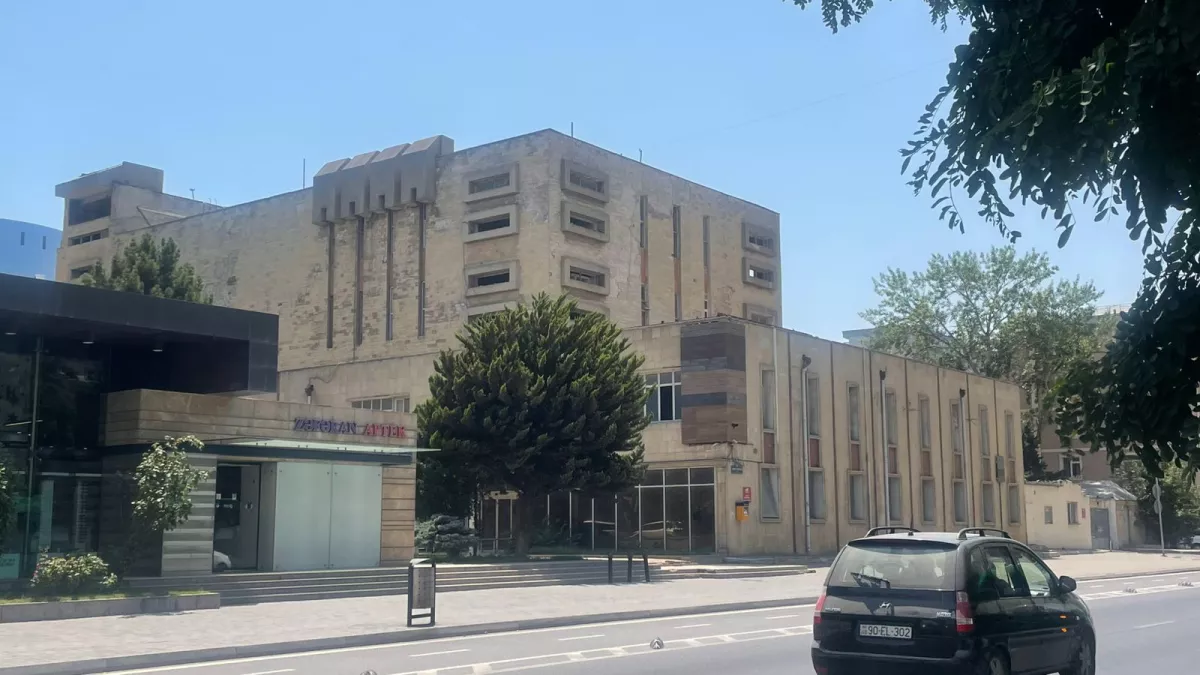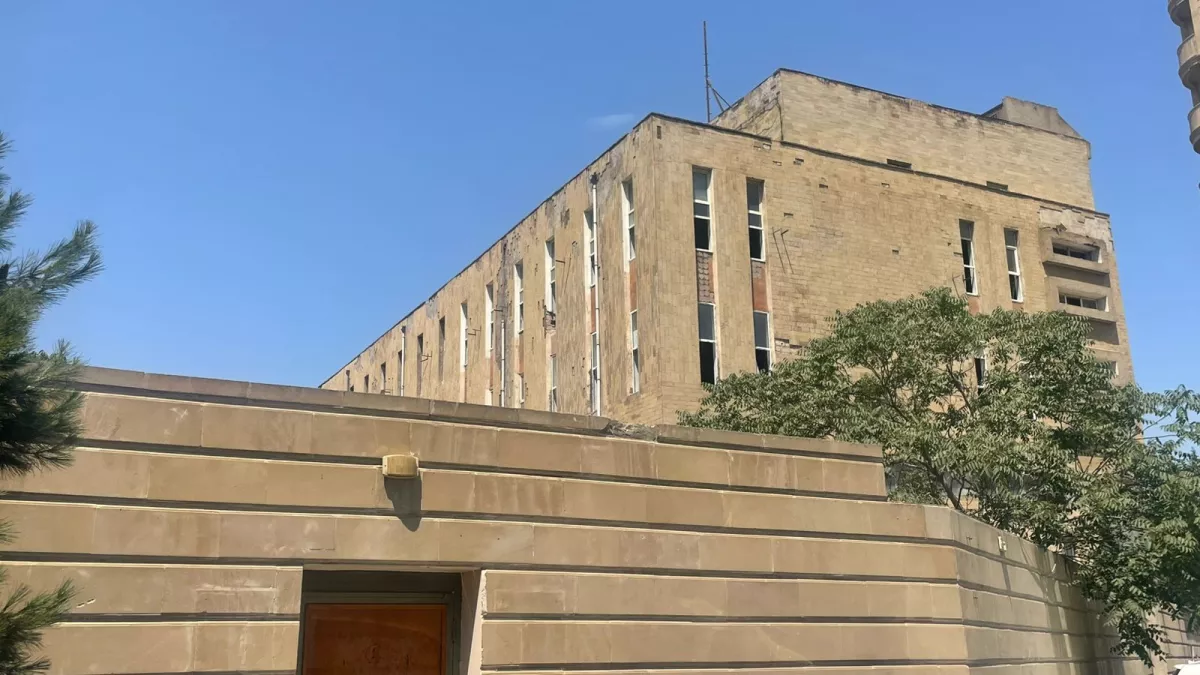Soviet-era landmark in Baku — A stone chronicle of the past A historical journey on Caliber.Az
Baku is a city that rightfully deserves to be called an open-air museum. Here, history and architecture intertwine in a unique rhythm, reflecting the capital’s multifaceted past. Every building tells its own story, representing different architectural eras and styles. One particularly striking example is the structure discussed below.
Located in Baku’s Khatai district, the building is a characteristic example of Soviet architecture from the second half of the 20th century. It occupies a strategically advantageous position at the busy intersection of Mehdi Mehdizade and Yusif Safarov streets, where its architectural silhouette becomes a part of the city’s everyday fabric. Thanks to this location, the building is visible from multiple directions and blends harmoniously into the existing urban landscape, forming a natural extension of the streets’ architectural panorama.

Despite its utilitarian purpose — the building was originally constructed as an automatic telephone exchange (ATS) — it stands out with a distinctive architectural character that goes beyond the standardised designs of its era.
Its architecture reflects the features of the Brutalist style: massive monolithic forms emphasise the strength and stability of the structure. The façade is clad in aghlay, the traditional Baku limestone, which gives the building a solemn, almost monumental appearance. The composition is based on the interplay of horizontal window openings, creating a clear rhythm and accentuating the austere lines. Narrow vertical inserts enhance the sense of height and dynamism, while the decorative elements at the top of the façade, stylised like battlements, lend the structure a fortified, almost sculptural quality.
A unique atmosphere is created by the electronic clock that once adorned the façade. In Soviet architecture, such features symbolised an era of scientific and technological progress and societal order. The architectural project was developed by the AZPROMPROJECT design bureau, underscoring the high professional standard of its execution.
The interior spaces — with high ceilings, wide staircases, and expressive concrete forms — preserve the spirit of the time, evoking a distinct emotional response in visitors tied to the aesthetics and scale of a bygone era.
Although the building is in need of restoration, it still retains significant architectural and cultural value. It is not merely a fragment of the past — it remains a living part of the urban landscape, reflecting a period when architecture sought to be both functional and expressive.

The building’s architectural style may provoke mixed opinions, yet it undeniably possesses a bold expressiveness, honesty of form, and a clear architectural statement that remains relevant today. Structures like this are increasingly drawing the attention of researchers exploring the transformation of urban environments. Their appearance sparks debate: some view them as outdated and cumbersome, while others see them as important cultural markers. One thing, however, is clear — they deserve respectful treatment.
Preserving such buildings is not merely a matter of restoration; it is also a way of passing down memory to future generations. These are the kinds of structures that remind us of a time when architecture was more than just construction — it was a form of expressing the spirit of an era.
By Vahid Shukurov, exclusively for Caliber.Az








